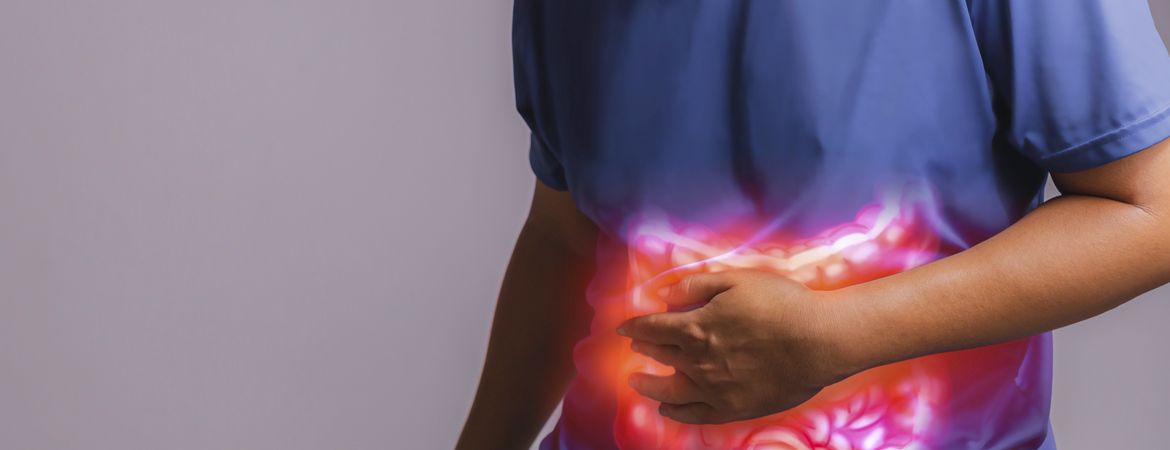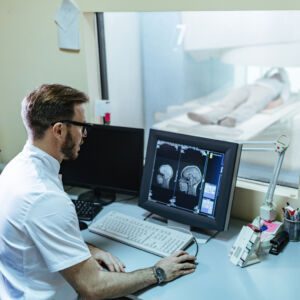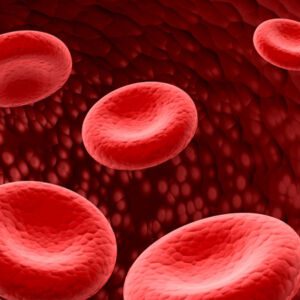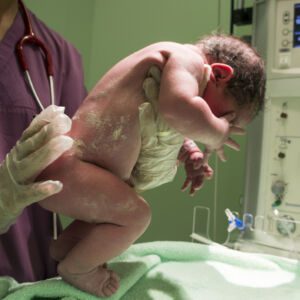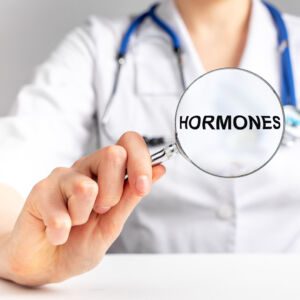Gastroenterology (part of Gastroenterology and Hepatology department) is concerned with the study, diagnosis and treatment of diseases of the digestive system, including the oesophagus, stomach, small intestine and colon (large intestine).
DISEASES OF THE DIGESTIVE SYSTEM
Treatment of diseases of the digestive tract (oesophagus, stomach, intestines, colon and rectum), inflammatory bowel disease, digestive bleeding and digestive cancers.
Diseases of the digestive system can be caused by a number of factors. These include:
- Infections: Bacteria, viruses and parasites are the most common causes of digestive disorders.
- Nutritional deficiencies: Some people do not get enough of certain nutrients – such as calcium, iron and vitamins – that are necessary for good health.
- Toxins: Chemicals in certain foods and medicines can cause problems in the digestive tract. These include alcohol, caffeine and nicotine.
- Lifestyle choices: Stress can contribute to digestive problems by causing anxiety and disrupting intestinal transit.
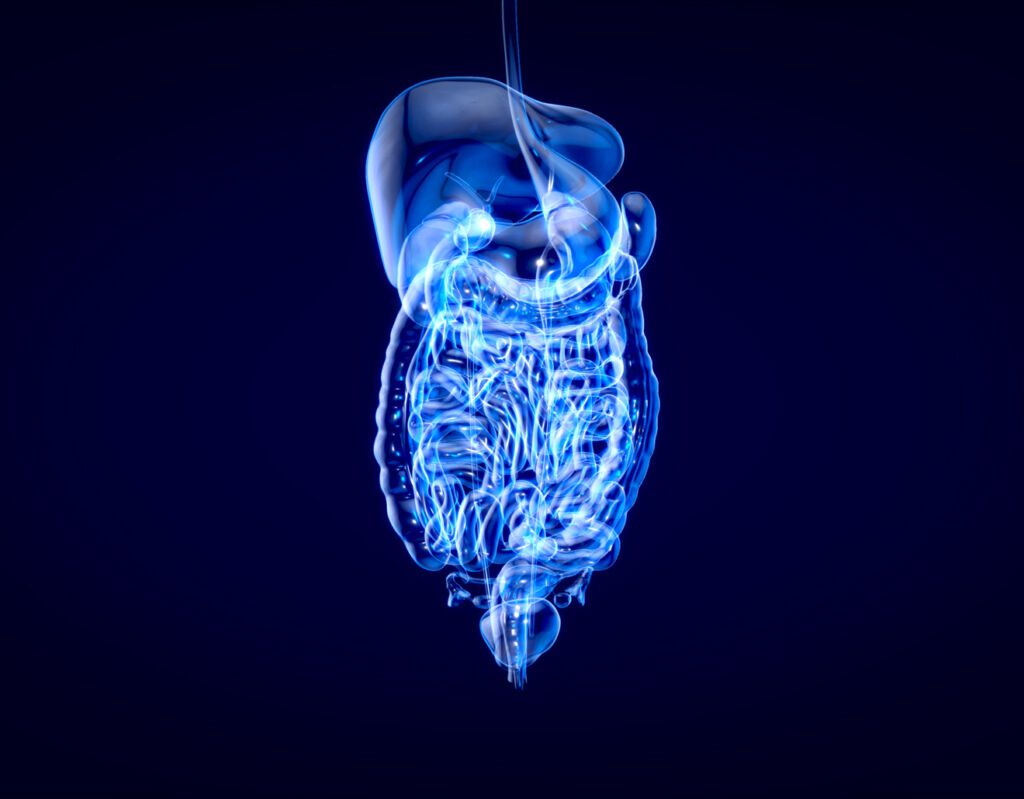
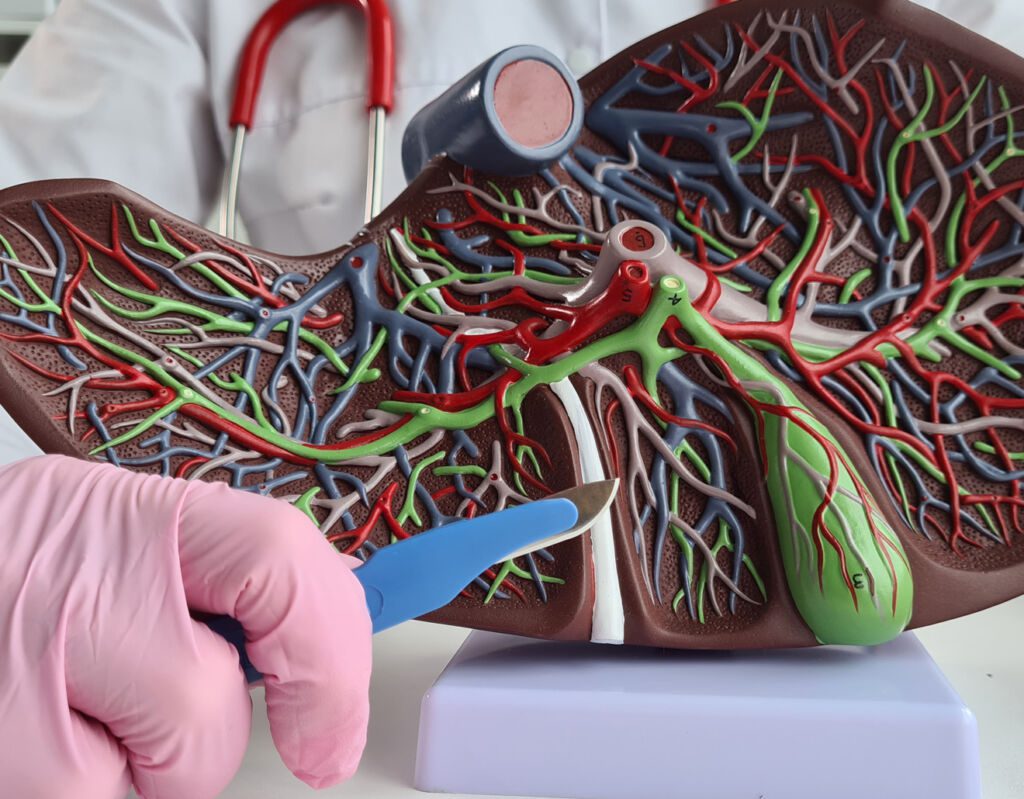
HEPATOLOGY
In medicine, diseases (or disorders) of the liver and bile ducts are a group of medical conditions that affect the liver and/or bile tree. They include infectious, metabolic and genetic diseases, as well as hepatocellular lesions due to cirrhosis or cancer.
Our medical teams treat diseases of the liver and bile ducts (stones, tumours, hepatitis, etc.).
Hepatitis is an inflammation of the liver caused by a viral infection.
There are five types of viral hepatitis: A, B, C, D and E. Acute viral hepatitis can lead to chronic hepatitis (persistent liver inflammation), which can lead to cirrhosis (scarring) and liver cancer.
DISEASES OF THE PANCREAS
Pancreatic diseases (treated in our Gastroenterology and Hepatology Department) are diseases of the pancreas, a gland located behind the stomach. The pancreas is both an endocrine organ, which secretes hormones, and an exocrine gland, which produces digestive enzymes to help digest food.
Diseases of the pancreas include:
- Acute pancreatitis: This is an inflammation of the pancreas that can be mild or severe. It can be caused by gallstones or alcohol abuse. Symptoms include pain in the upper abdomen and back, nausea, vomiting and diarrhoea with pale stools. Treatment depends on the cause.
- Chronic pancreatitis: This is an ongoing inflammation of the pancreas that can lead to scarring and damage over time. Like acute pancreatitis, chronic pancreatitis can be caused by alcohol abuse or gallstones (chronic cholecystitis). Symptoms include abdominal pain that gets worse with eating or drinking, nausea and vomiting, diarrhoea with pale stools (again), weight loss and tiredness, and yellow skin due to jaundice.
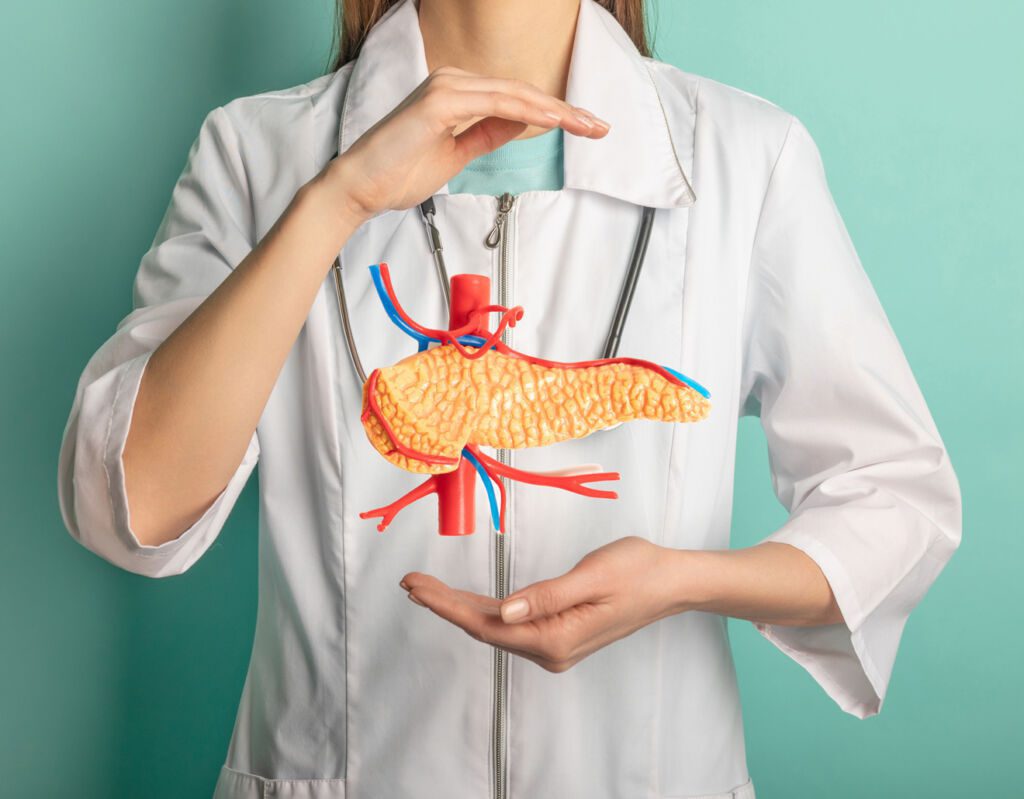
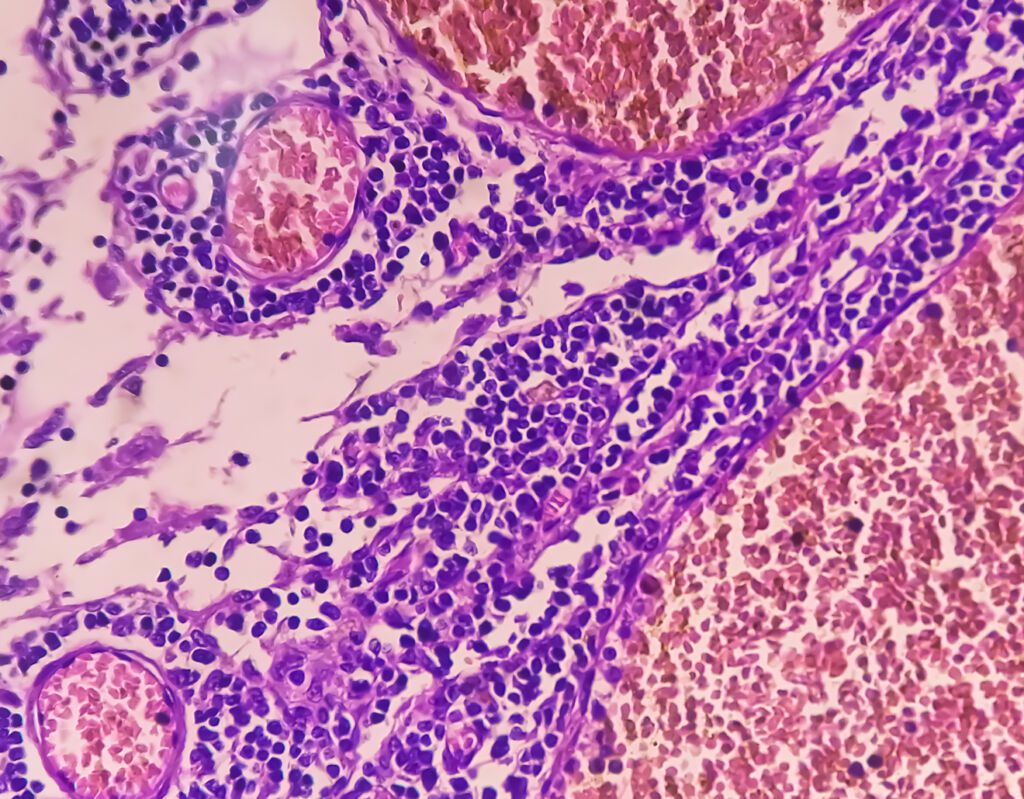
CANCER OF THE DIGESTIVE SYSTEM
Gastrointestinal cancers (treated in our Gastroenterology and Hepatology Unit) are cancers that start in the gastrointestinal tract, which consists of the oesophagus, stomach, small intestine (which includes the duodenum and jejunum), large intestine (which includes the cecum and colon) and rectum. The term ‘digestive’ refers to the fact that these organs play an important role in the digestion of food.
Cancers of the digestive tract include polyps, colon cancer, stomach cancer (hepatocellular carcinoma) and pancreatic cancer (adenocarcinoma).
WHAT IS HIATAL HERNIA?
Hiatal hernia is a condition in which part of the stomach protrudes through an opening in the diaphragm, the muscular wall that separates the chest cavity from the abdomen. The stomach can also protrude into the chest.
The diaphragm is a thin layer of muscle that separates the lungs from the stomach and other organs in the abdomen. It also helps you breathe by pushing the lungs together when you breathe in and pulling them apart when you breathe out.
A hiatal hernia occurs when part of the stomach moves up through the opening in the diaphragm, creating a pocket where food can get stuck between the stomach wall and the oesophagus (food pipe). We call it a hiatal hernia because it occurs at the level of the hiatus or opening.
You may have had symptoms for years before anyone noticed them or realised you had a hiatal hernia. If you do have symptoms, they may include:
- Heartburn after meals, which may get worse at night when you lie down
- Indigestion after meals, which may get worse at night when you lie down
- Difficulty swallowing (dysphagia)
WHAT IS BOWEL OBSTRUCTION?
Bowel obstruction (treated in our Gastroenterology and Hepatology Unit) is a serious condition that occurs when the bowel becomes blocked or obstructed. It can cause pain, vomiting and dehydration. Bowel obstruction requires medical attention.
Bowel obstruction can be caused by a blockage in the intestinal tract. This can happen for many reasons, including:
- Hernia
- Crohn’s disease
- Gallstones
- Fibrosis (scarring) of the bowel wall due to radiation or surgery
- Lymphoma or other cancer that has spread to the bowel
- A tumour (benign or malignant) in the bowel wall itself
We present to you some articles relating to pathologies treated in our Mediterranean clinic, with an effective and efficient medical and paramedical team.
Your Ultimate Guide to Gallstones: Prevention, Treatment and Lifestyle Changes
Liver cirrhosis is a serious condition that can cause permanent damage. Learn about the symptoms, causes and treatments in this comprehensive guide.
Colon cancer is one of the most common cancers in humans. This is a problem that affects the cells in the inner lining of the colon. When detected early, colorectal cancer is preventable.
You ask, our teams answer.
F.A.Q
Gastroenterology is a medical speciality that focuses on the diagnosis and treatment of diseases of the digestive system, liver and pancreas. A gastroenterologist is a doctor who specialises in this area.
Gastroenterologists diagnose and treat diseases of the gastrointestinal system (digestive tract), liver, gallbladder, bile ducts and pancreas. The most common conditions treated by gastroenterologists are:
- Diarrhoea or constipation
- Liver problems (such as hepatitis, cirrhosis and fatty liver)
- Diseases of the pancreas (such as pancreatitis)
- Inflammatory bowel disease, such as Crohn’s disease or ulcerative colitis
Gastroenterologists treat people with liver disease and cancer. They may perform endoscopic procedures such as colonoscopy (inspection of the colon with an endoscope) and upper endoscopy (inspection of the oesophagus with an endoscope), as well as other procedures such as sigmoidoscopy (inspection of part of the bowel with a telescope), cholangiopancreatography (CT scan of the bile ducts), barium enema (X-ray after barium is injected into the rectum) or endoscopic ultrasound (use of sound waves).
Gallstones (supported by our Gastroenterology and Hepatology Department) are small hard deposits that form in the gallbladder. They are made up of cholesterol and other substances found in bile. The gallbladder is a small organ that is part of the digestive system. It stores bile until it is needed to digest fats in food. Bile is produced by the liver, stored in the gallbladder and released into the small intestine to help digest fats.
Gallstones can be as small as a grain of sand or as large as a golf ball. They are usually yellowish or brownish, but can be white or green. They are often described by their shape: Staghorn stones look like deer antlers, dumbbell stones look like dumbbells, and blocky stones have sharp edges like bricks.
Most people do not know they have gallstones until they have surgery to remove them, or until they have symptoms such as pain or bleeding in the bile ducts (the tubes that carry bile).
Peritonitis is an infection of the peritoneum, the thin membrane that lines the inside wall of the abdomen. The most common cause is a ruptured appendix. Peritonitis can also result from damage to other organs or be a complication of abdominal surgery.
Peritonitis can be acute (sudden onset) or chronic (developing over time). Acute peritonitis usually develops as a result of a ruptured appendix or other cause of bowel obstruction. Chronic peritonitis can occur in people with ulcers, diverticulosis, Crohn’s disease, cancer or appendicitis.
Peritonitis can be mild with few symptoms or severe and life-threatening. Symptoms include fever and chills, nausea and vomiting, tenderness and abdominal pain in the lower right quadrant of the abdomen, diarrhoea with blood and mucus, yellow-greenish skin and white eyes (jaundice), low blood pressure, rapid heartbeat (tachycardia), confusion and disorientation.
Hepatology is the branch of medicine concerned with the study, diagnosis, treatment and prevention of diseases of the affected liver. The word hepatology comes from the ancient Greek ἡπατο-, hēpatos meaning ‘liver’ and -λογία, -logia meaning ‘study’.
The liver is a vital organ that performs many functions for the body. It produces bile to aid digestion and stores energy in the form of glycogen. It also produces substances that help the blood to clot and destroy old red blood cells. The liver also helps to remove certain drugs from the blood and metabolises nutrients and vitamins.
Many diseases can affect the liver. These include viral hepatitis, cirrhosis (scarring of the liver), cancerous tumours and other cancers such as leukaemia (blood cancer). There are also autoimmune diseases that affect this organic system, such as primary biliary cirrhosis (PBC), which is an inflammation of the bile ducts within the walls of the liver membrane tissue, resulting in scarring and blockage of these structures, which can eventually lead to cirrhosis if left untreated for too long without appropriate medical intervention. Other autoimmune diseases can also affect other organs in your body, such as rheumatoid arthritis.
Adenocarcinoma (treated in our Gastroenterology and Hepatology Unit) is a type of cancer that develops from glandular tissue. It can occur in any part of the body, but is more common in the lining of the lungs, breast and digestive system.
Adenocarcinomas tend to grow slowly. There are three different types of adenocarcinoma:
Adenocarcinomas that start in glandular tissues are called primary adenocarcinomas. These cancers usually develop in the lungs or other organs with many glands. Most lung cancers are primary adenocarcinomas.
Cancers that start as non-gland cancer cells but then spread to resemble a gland are called secondary adenocarcinomas. These cancers often start in another organ and then spread to other parts of the body, such as lymph nodes (small structures near the lymph vessels), bones, or other organs that contain many glands. Secondary adenocarcinomas may also be called metastatic adenocarcinomas.
Intestinal polyps (treated in our Gastroenterology and Hepatology department), also known as polypoid appendicitis, are small growths that protrude through the wall of the intestine. They can be removed by surgery.
Intestinal polyps are benign (non-cancerous) growths that protrude through the wall of the intestine. They can be removed by surgery.
The exact cause of bowel polyps is not known, but they are thought to be a response to injury or irritation of the bowel wall. Intestinal polyps are most common in people with inflammatory bowel disease (IBD), such as ulcerative colitis or Crohn’s disease, but they can also occur in people without IBD.
Symptoms and complications:
Most bowel polyps cause no symptoms and are discovered during a routine examination by a doctor as part of an annual check-up, or when they are seen on X-rays or CT scans for other conditions. Some patients have no symptoms until they bleed from a hole in a bowel polyp (perforation). Bleeding from a perforated bowel polyp can be life-threatening if severe enough, but in most cases does not require hospitalisation.
Our other medical specialties
Our pulmonology team deals with everything related to the functioning of the respiratory system: lungs, bronchi, pleura and trachea. CHRONIC…
Paediatrics is a branch of medicine concerned with the study, diagnosis, treatment and prevention of childhood diseases. NEONATOLOGY Neonatology (also…
Our oncology teams are responsible for the investigation, diagnosis and treatment of cancer. DIAGNOSIS The suspicion of cancer is based…
Neurology is a medical speciality that focuses on the diagnosis and treatment of disorders of the nervous system. DISEASES OF…
The Nephrology and Dialysis department treats all kidney diseases and conditions associated with chronic kidney disease. DIABETIC NEPHROPATHY AND RENAL…
Haematology is the medical speciality that studies the blood, blood-forming organs (bone marrow, lymph nodes and spleen) and their diseases….
In our gynaecology and obstetrics department, gynaecological follow-up is the key factor to a better women’s health. BIRTH We take…
Endocrinology (part of the Department of Endocrinology and Diabetology) is a medical speciality that deals with the body’s hormonal systems….
Our cardiology teams provide medical diagnosis and treatment for congenital heart disease, coronary artery disease, heart failure, valvular heart disease…





